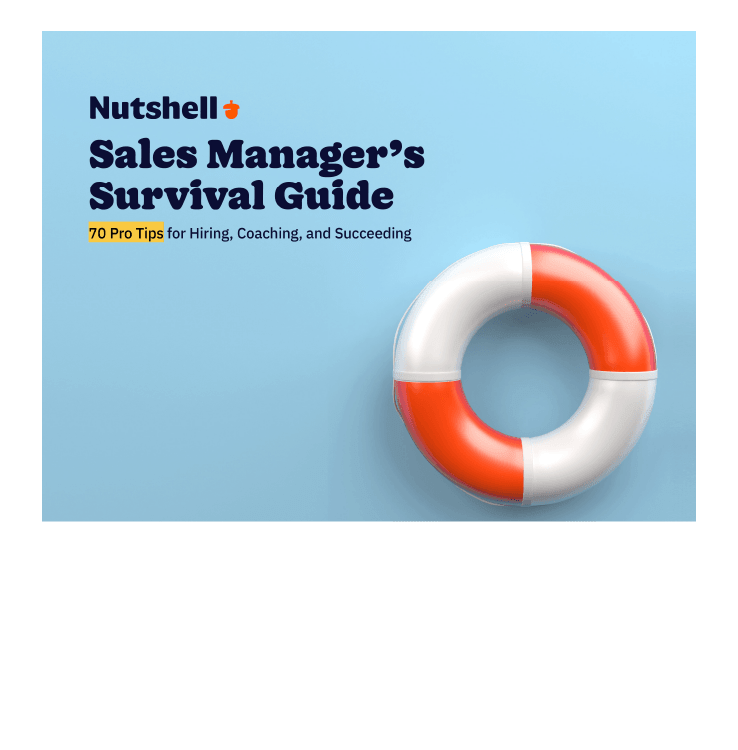
Regardless of your business type or industry, a well-thought-out and structured client onboarding process is the secret to long-term customer retention. It’s where the rubber meets the road, and the initial relationship you’ve built with your customer before their purchase is put to the test.
You may think that your welcome and monthly check-in emails are enough to keep your clients satisfied. And you wouldn’t be alone—this is how many businesses introduce their clients to their products and services. But there’s more to do.
So, what do you need to do to keep your customers engaged, happy, and loyal to your brand? We’ve created this customer onboarding guide to kickstart your onboarding strategy and create a process that reduces churn and delights customers.
Client onboarding is a structured procedure that includes a series of steps to welcome new customers and provide them with the information they need for success using your product or service. It’s the best way to ensure your clients get the most out of their purchase and have the best possible experience.
Your client onboarding process lays the foundation for the client-company relationship and is integral to earning your customer’s trust.
Through this process, your clients will learn more about the features on offer and how to use them. They should also have the chance to ask questions and enlist your help to get them set up. This process helps build a stronger relationship with the client and is proven to lead to improved customer satisfaction rates.

Creating a specialized customer onboarding process is essential because of the immense benefits you’ll enjoy. These benefits include:
When it comes to customer onboarding, you’ll encounter three different types:
Get 70+ expert strategies for sales management success in our Sales Manager’s Survival Guide.

You’ve worked hard to turn your prospect into a customer, which calls for celebration. But don’t take your foot off the gas yet. It’s time to define and exceed your new customer’s expectations.
Your introductory email sets the tone for many aspects of your relationship with your new client, but it is also a time to define the parameters of your offering. You’ll want to ensure the client understands what to expect, including the scope and deliverables related to your product or service.
This is also the perfect time to provide them with a roadmap of what to expect during the onboarding process and introduce them to other team members they’ll have contact with. Use this opportunity to reinforce your focus on the business goals discussed with your client prior to them accepting your offer.
One of the most critical steps in the onboarding process is establishing your client’s needs and goals. Granted, you would have discussed these to some extent before their purchase, but now is the time to refine those objectives and understand the specifics.
A great way to do this is through a client onboarding questionnaire or survey, including questions that help you gather the following information:
Doing this ensures you know what your client expects from your product or service and how you can offer that client the best possible value.
Store and distribute customer information through your CRM software for easy reference when needed. With a CRM like Nutshell, you can gather and organize client information, create notes to highlight specific details, incorporate tags to categorize client information, keep a record of all client communication from one central database, and much more.
When both parties agree on the parameters of the deliverables and what to expect, it’s best to draw up a formal agreement. This can be a separate service level agreement (SLA) or could form part of your primary contract.
The important thing is to put all that you’ve discussed and agreed to, including the expected timeline, who will be responsible for what, and the steps you’ll take to deliver on your promises in writing.
With a detailed agreement in place, both you and your client know precisely who is responsible for what, making the lines of accountability clear. It’s also a great way to eliminate the risk of fielding client requests that stretch beyond your defined deliverables.
Integrate your favorite document delivering and signing app with your CRM to make document sharing and storage secure and user-friendly. For instance, with Nutshell, you can choose from a host of contract and proposal integrations, like DocuSign, to make things easier and keep communication in one place.
With the initial client/vendor stipulations, expectations, and agreement done, you can take things a step further by laying the relationship foundation with a branded welcome packet. This lets your new customer know that you’re a professional organization with your ducks in a row and that you care about their experience working with your company.
To create a great welcome packet, you should include:
Consider how your client will receive your branded welcome packet and their experience when going through it. Try to make it as creative and interactive as possible to enhance their experience of the packet and your brand.
If budget allows, include a small branded gift—something your client will actually use, like swag, tech accessories, or a snack gift basket.
Alternatively, send a digital welcome packet with a voucher via email. Nutshell users can sync their company emails with the CRM for easy sending and receiving. You can also leverage Nutshell’s email marketing tools to send automated welcome packets once you receive a signed agreement.
As soon as you’re ready to get started, set up a meeting or call with your customer to get the ball rolling on their project. Here, your client will get their first taste of the value you provide and what it’s like to work and engage with your organization on a project.
Your client kickoff meeting is the perfect time to:
Use a scheduling tool to simplify the meeting request and acceptance process. Meeting Scheduler is Nutshell’s appointment scheduling tool that lets you set up, plan, and manage Zoom, Google Meet, and Microsoft Teams calls, all from your CRM system.
Schedule a meeting with your team after the client kickoff meeting to review the overall strategy and ensure everyone is aware of their responsibilities. This an excellent time to review the client’s specific needs and stipulations and open up the floor to questions and discussions surrounding these.
Make sure your team knows the next steps and the deadlines for those initial tasks. And get your team excited about the project by asking each one to share which aspect they’re looking forward to most and why.
Give team members the information and data they need to get started. Where necessary, ensure those assigned to provide the client with feedback and updates have the correct client contact information.
In some cases, you may have team members in constant contact with individuals and teams on the client’s side. However, you should still schedule regular meetings with your primary contact to go over project progress, challenges, and any questions you or your customer may have.
Be mindful of your client’s time and make each interaction count. Make these monthly meetings to ensure you have plenty to tell the customer. You can always send email updates in between if there are significant milestones to discuss or celebrate.
Even if you feel you have a solid client onboarding system in place, there’s always room for improvement. Evaluating and refreshing the process every so often is a great way to optimize the client experience and set new foundations for relationship building.
Ask your clients and team members for feedback regarding their customer onboarding experience. Find out what worked, what didn’t work, and whether they have any suggestions for how you can improve the process.
Schedule routine process feedback requests and assessments every three months to keep onboarding at peak and increase customer satisfaction. You’re bound to unearth small opportunities to increase your wins that you hadn’t considered before.
While the above customer onboarding steps give you a good idea of what to incorporate as you welcome new clients, it’s by no means set in stone. Consider your business, brand, mission statement, and the journey you’d like your client to take with you, and craft a unique onboarding experience that your client won’t forget.
Put a definitive onboarding plan together for a specified onboarding period, which could be as little as a few weeks and as many as three months—it all depends on your product or service. But make sure you have a strategy that spans the entire onboarding procedure from beginning to end, and perhaps even how to begin the next phase of your customer’s journey.
The point is to establish expectations, enhance customer relationships, and simplify the client’s initial use of your product or service.
Consider further streamlining the process with a powerful all-in-one CRM built to support even the most complex onboarding programs. Nutshell is a robust CRM app with everything you need and more to establish a winning customer experience and keep relationships strong far past onboarding.
Explore Nutshell’s incredible features, including workflow and pipeline automations, email marketing drip sequences, and extensive integrations with your favorite apps.
Attend a live guided tour!

Join 30,000+ other sales and marketing professionals. Subscribe to our Sell to Win newsletter!
 Email & Calendar Sync
Email & Calendar Sync




Nutshell is easy to use with enterprise level features and no hidden fees.
See for yourself!